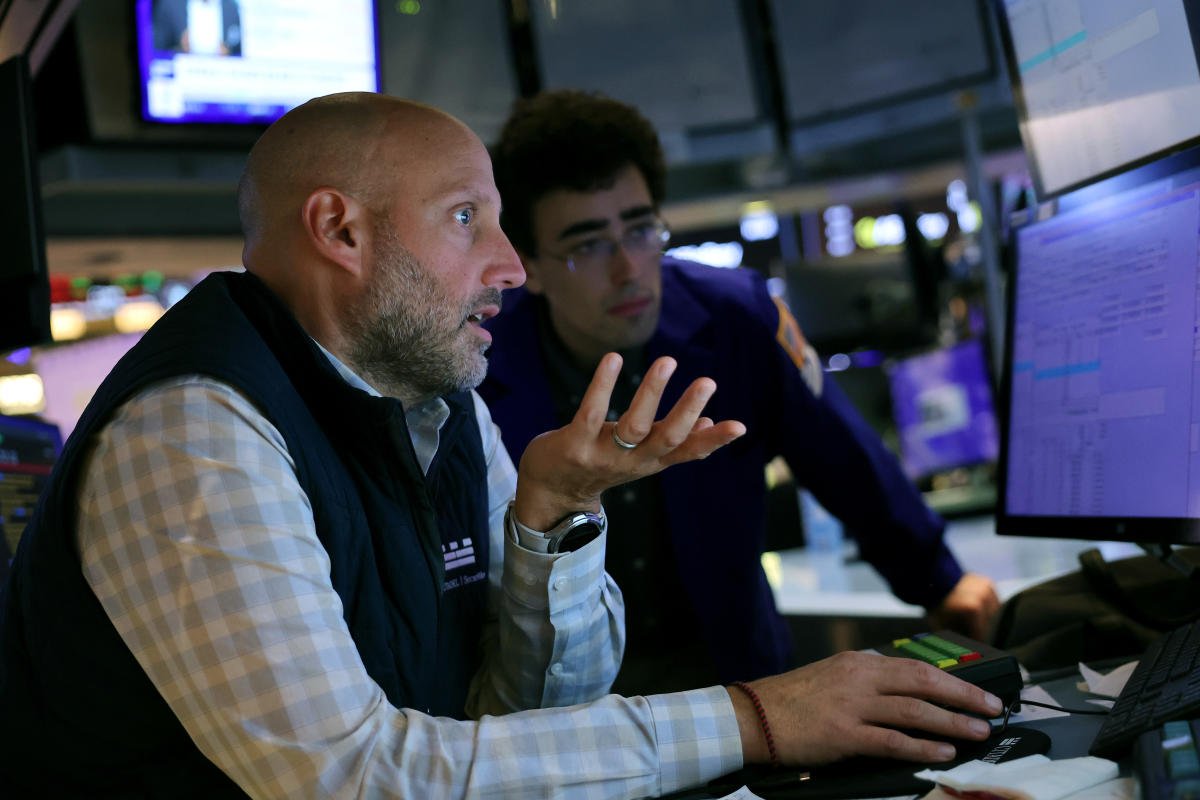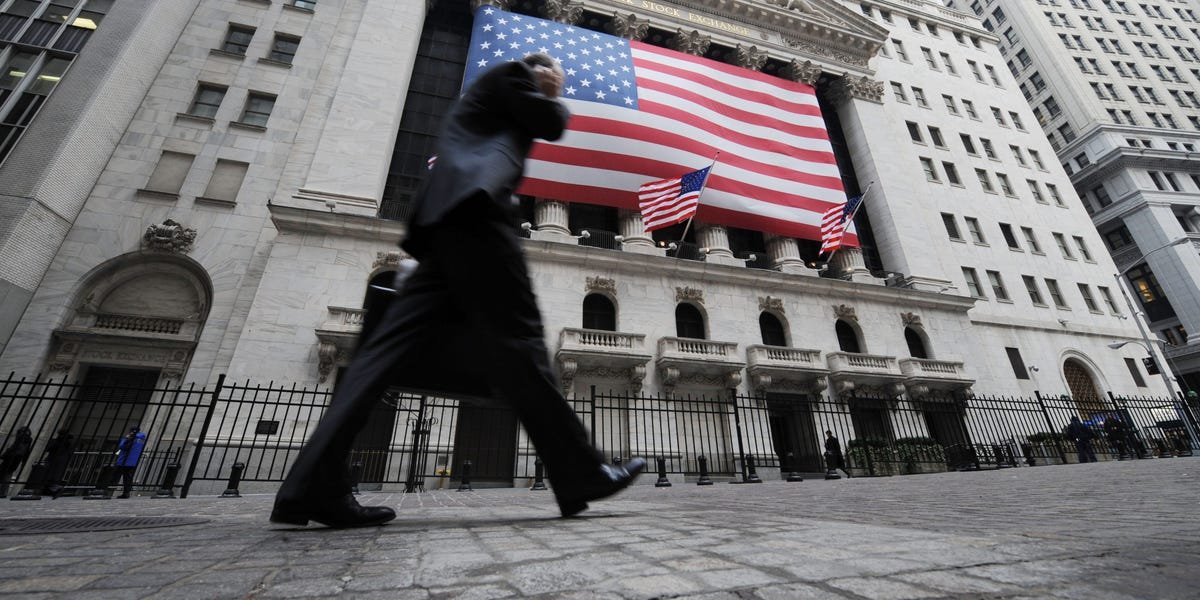History says the S&P 500 could climb higher in the fourth quarter of 2024.
Macroeconomic fundamentals and corporate earnings drive the stock market over long periods of time, but momentum plays an important role over shorter periods.
The S&P 500 (^GSPC -0.13%) advanced 11% during the first 100 trading days of 2024. That’s a noteworthy observation because the index has only returned at least 10% through the first 100 trading days of the year on seven other occasions during the last three decades.
All seven times, the S&P 500 advanced at least 20% for the full year. In other words, returns of at least 10% in the first 100 trading days have been a perfect predictor of full-year returns of at least 20%. That’s a noteworthy because the S&P 500 is currently up 20% year to date.
In other words, history says the worst-case scenario is the S&P 500 trades sideways for the rest of the year. But under the circumstances I described, the index’s full-year returns have almost always exceeded 20% and they have occasionally exceeded 30%.
Here’s what investors should know.
History says the S&P 500 could climb 7% in the remaining months of 2024
The S&P 500 tracks 500 large U.S. companies that cover approximately 80% of domestic equities by market capitalization. The index is widely regarded as the best gauge for the entire U.S. stock market.
As mentioned, during the last three decades, the S&P 500 advanced at least 10% in the first 100 trading days of the year on seven occasions. All seven times, the index posted a full-year return of at least 20%, according to data from JPMorgan Chase. The chart below provides details.
|
Year |
Return (First 100 Days) |
Return (Full Year) |
|---|---|---|
|
1995 |
15% |
34% |
|
1996 |
10% |
20% |
|
1997 |
14% |
31% |
|
1998 |
13% |
27% |
|
2013 |
16% |
30% |
|
2019 |
13% |
29% |
|
2021 |
12% |
27% |
|
Median |
N/A |
29% |
Data source: JPMorgan Chase.
As shown above, during the last three decades, the S&P 500 achieved a median full-year return of 29% following a gain of at least 10% during the first 100 trading days of the year. We can apply that information to current situation to make an educated guess about what might happen in the remaining months of 2024.
Specifically, the S&P 500 started the year at 4,770, and it has advanced 20% to 5,738 as of Sept. 27. If the index achieves a full-year return of 29%, it will reach 6,153 before 2025. That implies 7% upside from its current level, which is plausible given that enthusiasm about holiday spending often leads to robust stock market returns in the fourth quarter.
Another reason the S&P 500 could climb higher in the remaining months of 2024 is that the Federal Reserve recently reduced its benchmark interest rate for the first time since 2020. Three of the S&P 500’s six best years in the last three decades — 1995, 1998, and 2019 — occurred while the Federal Reserve was lowering rates. That bodes well for the remaining months of 2024, but it also bodes well for 2025.
However, investors should bear in mind that past performance is never a guarantee of future results. The S&P 500 currently trades at 21.6 time forward earnings, a premium to the 10-year average of 18 times forward earnings, according to FactSet Research. That means many stocks are expensive by historical standards, which could lead to a market correction, especially in the event of disappointing economic data.
History says the U.S. stock market is one of the best ways to build wealth
Historically, the U.S. stock market has been one of the best places for patient investors to build wealth. The S&P 500 outperformed almost every other asset class over the last five, 10, and 20 years, including fixed income, international equities, precious metals, and real estate, according to Morgan Stanley.
Indeed, the S&P 500 returned 665% over the last 20 years, compounding at 10.7% annually. That period covers such a broad range of economic and market conditions that investors can be reasonably confident in similar returns over the next 20 years. So, no matter what happens during the remaining of 2024, patient investors should feel comfortable buying quality stocks or an S&P 500 index fund.
JPMorgan Chase is an advertising partner of The Ascent, a Motley Fool company. Trevor Jennewine has no position in any of the stocks mentioned. The Motley Fool has positions in and recommends FactSet Research Systems and JPMorgan Chase. The Motley Fool has a disclosure policy.

















